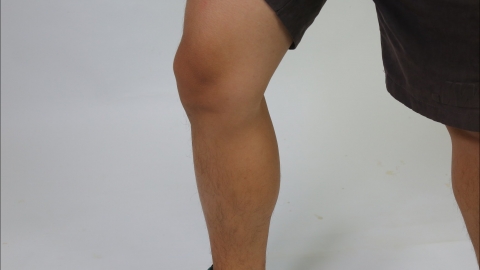What are the benefits of standing with your legs up against a wall?
Generally, placing your legs up against a wall is a simple and accessible relaxation method, offering various benefits such as promoting blood circulation, relieving leg fatigue, improving sleep quality, relaxing the mind and body, and assisting in posture correction. The specific details are as follows:

1. Promotes Blood Circulation: Prolonged standing or sitting can cause blood to pool in the legs due to gravity. When you place your legs up against the wall, elevating them above heart level, gravity helps facilitate venous blood return to the heart, reducing pressure on leg veins and enhancing overall circulation.
2. Relieves Leg Fatigue: After walking, exercising, or standing for long periods, lactic acid can accumulate in leg muscles, causing soreness and fatigue. With legs elevated against the wall, the leg muscles no longer bear body weight and enter a naturally relaxed state, which aids in lactic acid metabolism and alleviates discomfort from muscle fatigue.
3. Improves Sleep Quality: In modern life, stress from work and daily routines often keeps people mentally tense, negatively affecting sleep. Elevating the legs against the wall helps relax the body. Combined with steady breathing, this position calms the nervous system, soothes anxiety, and creates favorable conditions for achieving deep sleep.
4. Relaxes Mind and Body: This technique requires no complex skills—just find a quiet corner and assume a comfortable position. During the practice, one can temporarily disconnect from external distractions, focusing instead on breath and bodily sensations, thereby releasing mental and physical stress and achieving deep relaxation.
5. Assists in Posture Correction: Poor sitting or standing habits over time may lead to postural issues such as anterior pelvic tilt and back pain. When performing this exercise, the body assumes a natural vertical alignment, helping realign the pelvis and stretch back muscles, thus providing supportive benefits for correcting poor posture.
When performing this exercise, adjust the duration and posture according to your individual physical condition. If any discomfort occurs, discontinue immediately.




